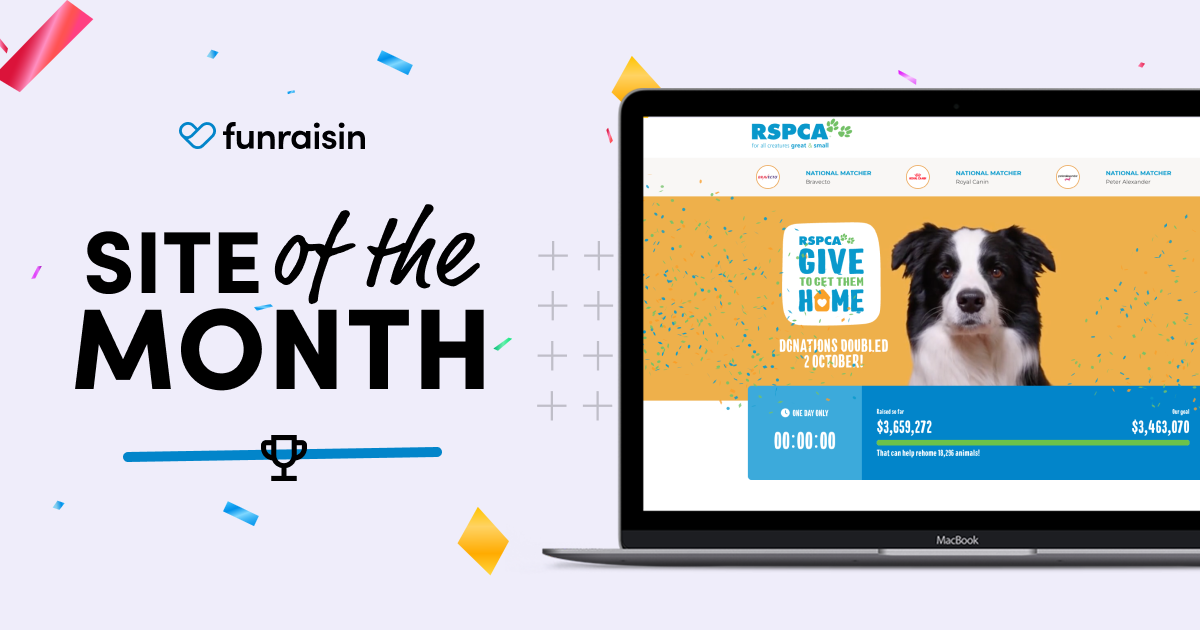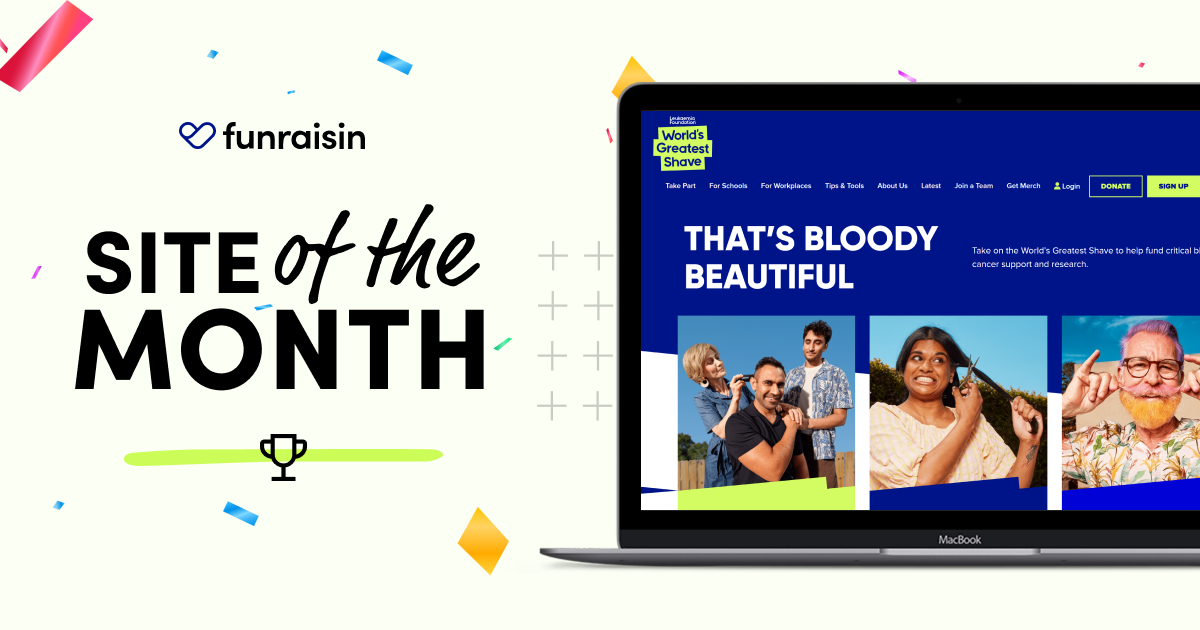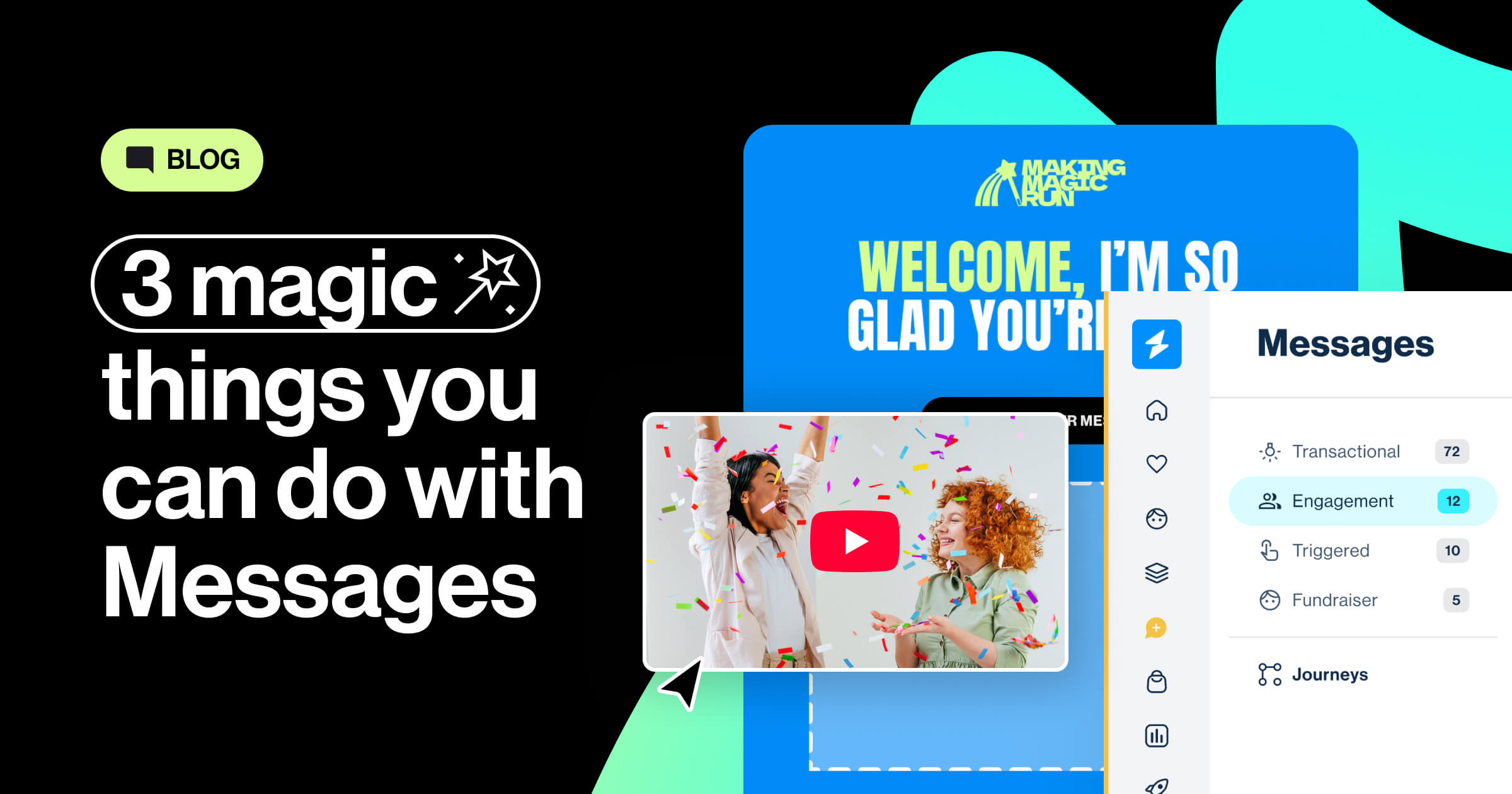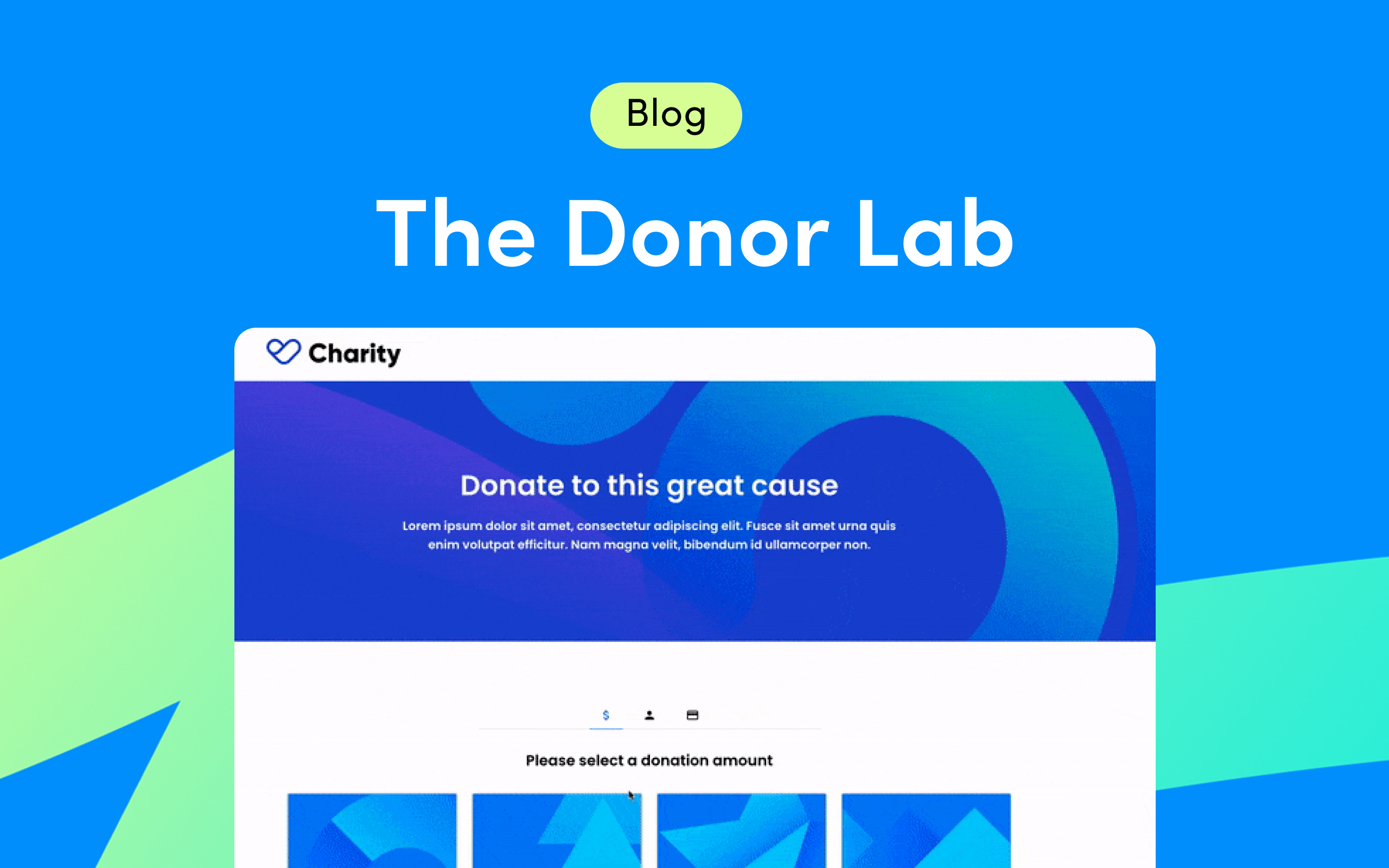How can you get fast feedback from your supporters?
One option to look at is to get setup with a live chat service like Drift so you can talk with your supporters while they’re on your site. Find out the reasons behind their visit and (hopefully) their donation. What information or services could you provide them with so they can truly see the impact of their donation. How frequently would they like to be told of the impact your organisation makes?
Worried about your resource constraints and you can’t commit to sitting at your desk and typing away with a supporter? No worries, you can take it a step further by integrating Slack to Drift so you and your team can be notified when a supporter is wanting to chat. You can then chat directly through Slack which will show up in the Drift window on your site. If you’re out and about, get the Slack mobile app to continue your chat.
That’s great for getting general feedback from supporters if you’re asking the right questions, but there’s also ways to dive deeper into different supporter types allowing you to focus on the various aspects of a supporters life-cycle. To do this you’ve got to identify who you want to speak with.
Knowing who to talk to
We’re building in a feature into Funraisin that lets you identify who you’re most engaged supporters are. This will display those supporters who’ve made a donation, registered to attend an event, become a community fundraiser, submitted a web form, and much more. If you’re not using Funraisin you could also do this with some Excel calculations if you’ve been collecting data.
I saw a great article by @danwolch (Product and Analytics at Hubspot) about how SaaS businesses can identify users with the most valuable feedback so I’m going to take his processes and see how they can apply to nonprofits.
Start off by exporting your supporters with their email address in the first column. In the next columns, list out all types of interactions a supporter has had with your organisation from your available data such as the number one off donations they’ve made, the number of recurring donations, the number of sponsored donations, total $ donated personally, the number offline events they’ve attended, the number of P2P fundraising events they registered for, the number of people who sponsored them for P2P events they participated in, their last login date on your site and the number of lists they are part of. Not every organisation is going to have this data available - and if you do have the data, it may be tricky to extract it from all your sources - but it’s worth spending a couple of hours to see if it’s possible. I’ve mocked up an example below to illustrate.

It's time to reach out
Now work out who it is you want to speak with. Are you working on activation of P2P supporters? If so, consider targeting those supporters who have registered for multiple P2P events but have had received a low number of sponsored donations, the aim being to uncover the reasons supporters aren’t achieving their fundraising goals.
Or you may be working on reducing the churn of recurring donors. So let’s target those recurring donors who have had a history with your organisation based on the number of recurring donations they’ve made before stopping their payments.
Now that you’ve identified who it is you want to talk to, it’s time to reach out to them.
If you’re reaching out to them via email, I’d suggest sending a plain text email in this instance over a designed version. It should be simple and feel personal. Keep the email short and to the point and ask the recipient to reply back to the email as you’ll be personally reviewing all responses.
And if you’re reaching out to a lot of supporters at once, you can follow what @danwolch does and send an email from your Gmail to all recipients in the BCC column. To make sure you’re inbox doesn’t get overloaded with responses here’s a little trick… use the free If This Then That service to connect your Gmail account and Google Drive so that all responses to your emails go into a Google spreadsheet automatically. You can check out our IFTT ‘recipe’ and add it directly to your own account.
This will let you see all responses from people who replied back to your email in a single view so you can quickly compare and identify common reasons for drop off.









